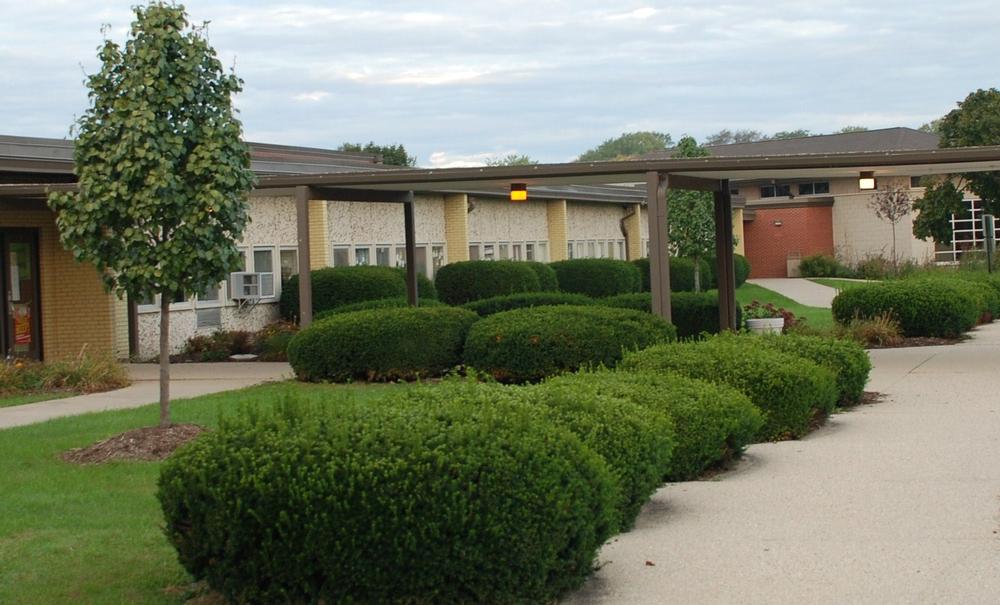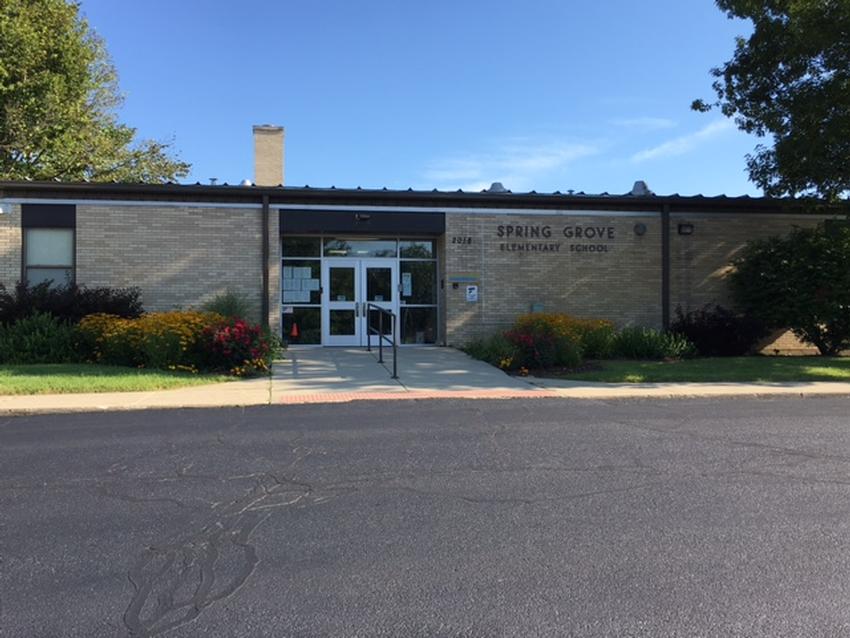NIPPERSINK S.D. 2
GRADE LEVEL CENTER STUDY (GLCS)
FREQUENTLY ASKED QUESTIONS
Q: What does “grade level center” mean?
A: All students of the same grade attend the same school regardless of where they live in the district.
Q: Why is the Board of Education studying this?
A: Purpose:
A. To research and analyze the feasibility of moving from a neighborhood school concept to a grade level center concept.
B. To identify, examine and report on issues associated with grade level reconfiguration.
C. To assist the Board of Education with long-range planning.
Q: Where can I find out more about this district study?
A: A link is provided on the school district’s website containing information related to the work of the steering committee. (www.nippersinkdistrict2.org)
Q: What areas will be studied?
A: Curriculum & Instruction
Facilities
Finance
Human Resources
Transportation
Research
Q: Who are members of the Grade Level Center Study (GLCS) Steering Committee?
A: Board Members, Administrators, Teachers and Parents
The list may be found on the district website.
Q: Will the Steering Committee make a recommendation to the Board of Education regarding moving to Grade Level Centers?
A: No. The Grade Level Center Study (GLCS) Committee is only researching and analyzing the feasibility. Refer to the “purpose” statement referenced above.
Q: Will parents be able to provide input into the GLCS process?
A: Yes. The GLCS website link provides an opportunity for comments and questions to be submitted. In addition, during the study process, a parent survey will be conducted to obtain feedback and opinions.
Q: Will reconfiguration cost the district or save the district money?
A: A thorough analysis on the financial implications related to grade level centers will be conducted.
Q: Will reconfiguration improve student academic performance?
A: Research will be conducted.
Q: Will reconfiguration cause bus rides to be longer? Cost more?
A: Various bus route options will be reviewed.
Q: Which school is being considered for what grade levels?
A: Scenarios will be examined during the study.
Q: What timeline is the Board of Education considering?
A: The Steering Committee is planning for a summary report to the Board of Education in the fall of 2014.
Q: How will class size be affected in reconfiguration?
A: Class size will be a consideration in the study. Balanced class sizes are desirable.
Q: Aren’t there advantages of the neighborhood school?
A: Yes. The committee will study these merits, also.
Q: Would this be put to a vote prior to implementation?
A: Yes. The Board of Education would have to vote on altering the district’s grade level configuration. At this time, the Board has only requested a feasibility study from the committee.
Q: Are other school districts configured by grade level centers?
A: The committee will be reviewing other districts’ configuration and rationale.
Q: Will staff have input into the study?
A: Yes. Teacher representatives from all three schools are on the committee. A staff survey will be conducted during the study process.
Q: Could school boundaries change even if the neighborhood school concept remains?
A: Yes. This is a possibility, in order to address school building operational efficiencies and the management of student enrollment.
Q: Are certain criteria being weighted more heavily than others?
A: The Board would have to select criteria and weight them accordingly, if they wish to do so. At this time, no decision is being made. A study is being conducted.
Q: Would the two elementary school buildings require renovations to make them each more age-appropriate, if the district moves to grade level centers?
A: Facility and infrastructure aspects are part of the study.
For technical questions and comments regarding this website, including accessibility concerns, please contact the Webmaster. Back to Top




.png)



